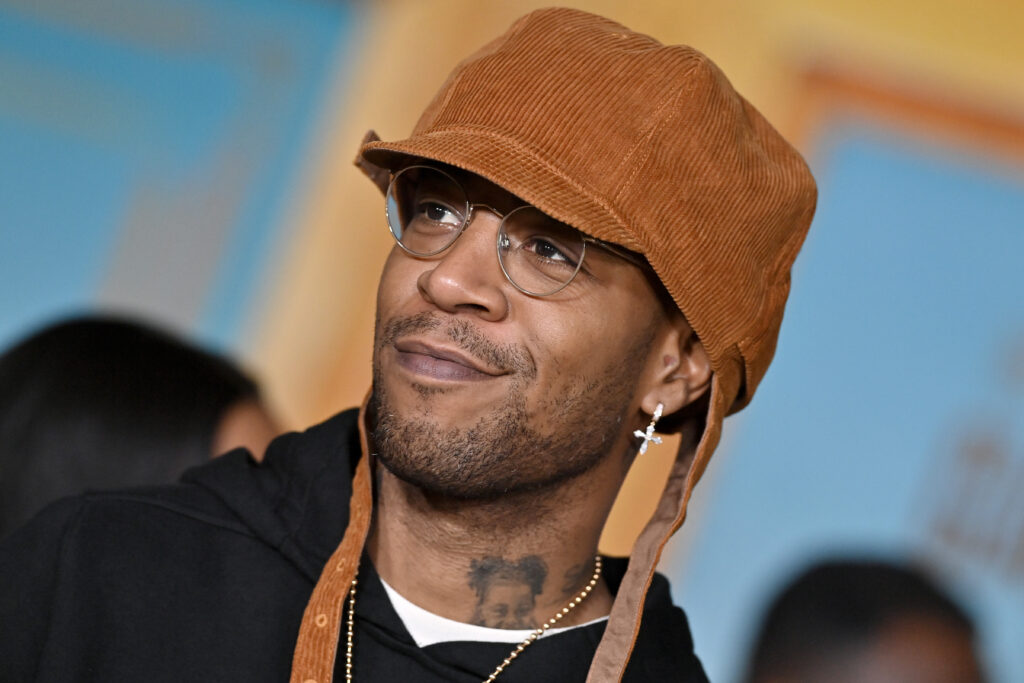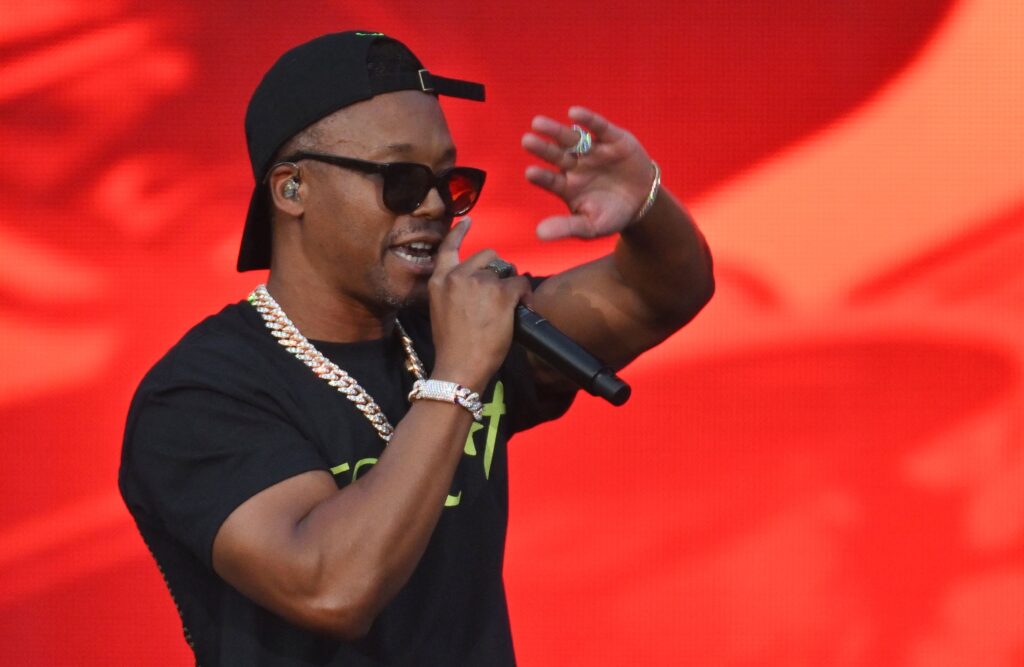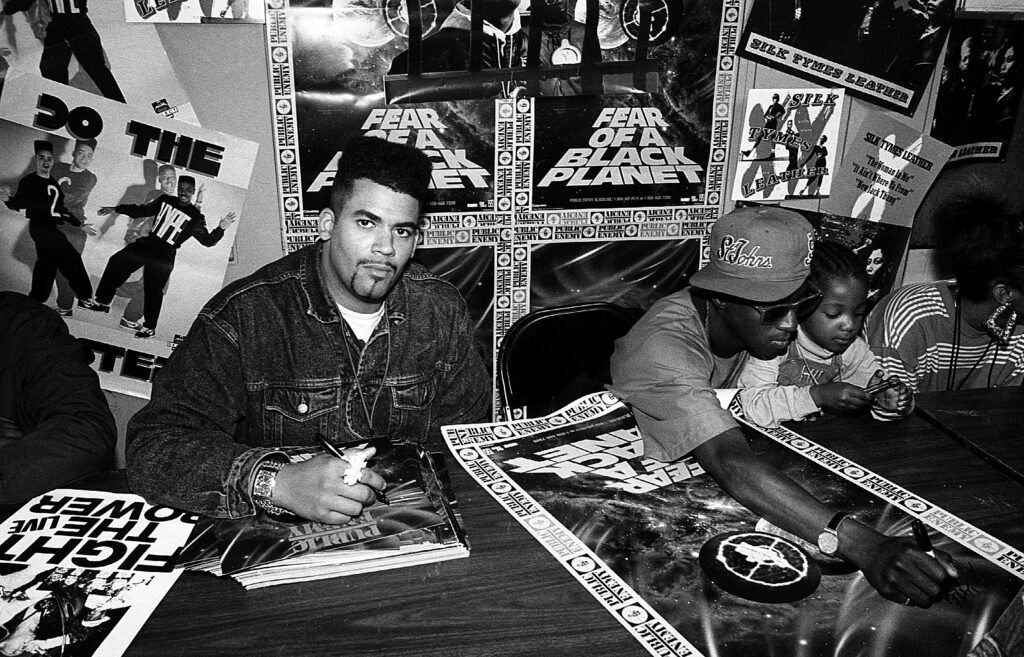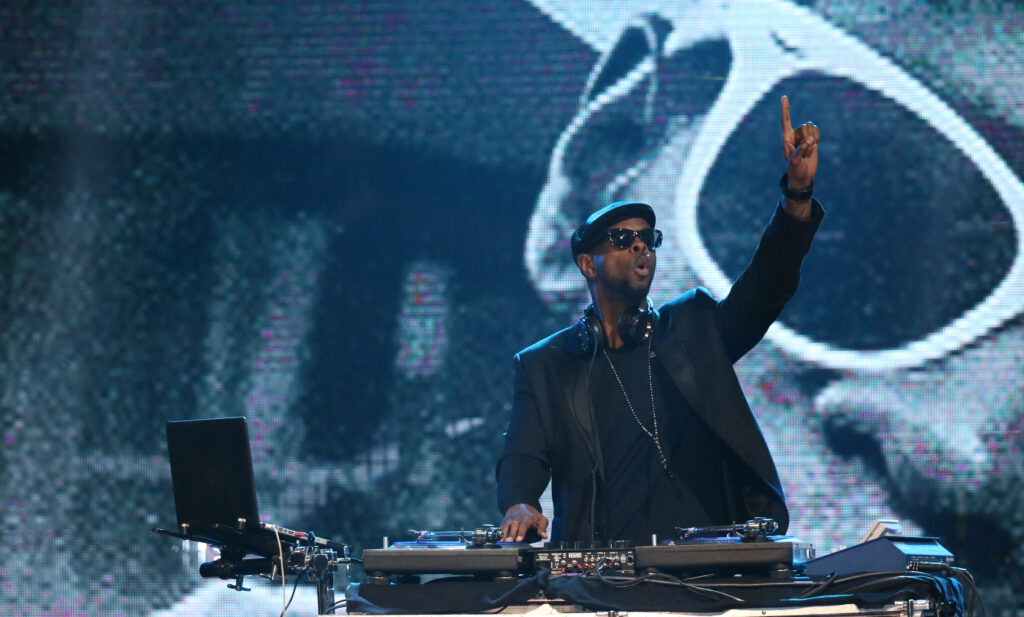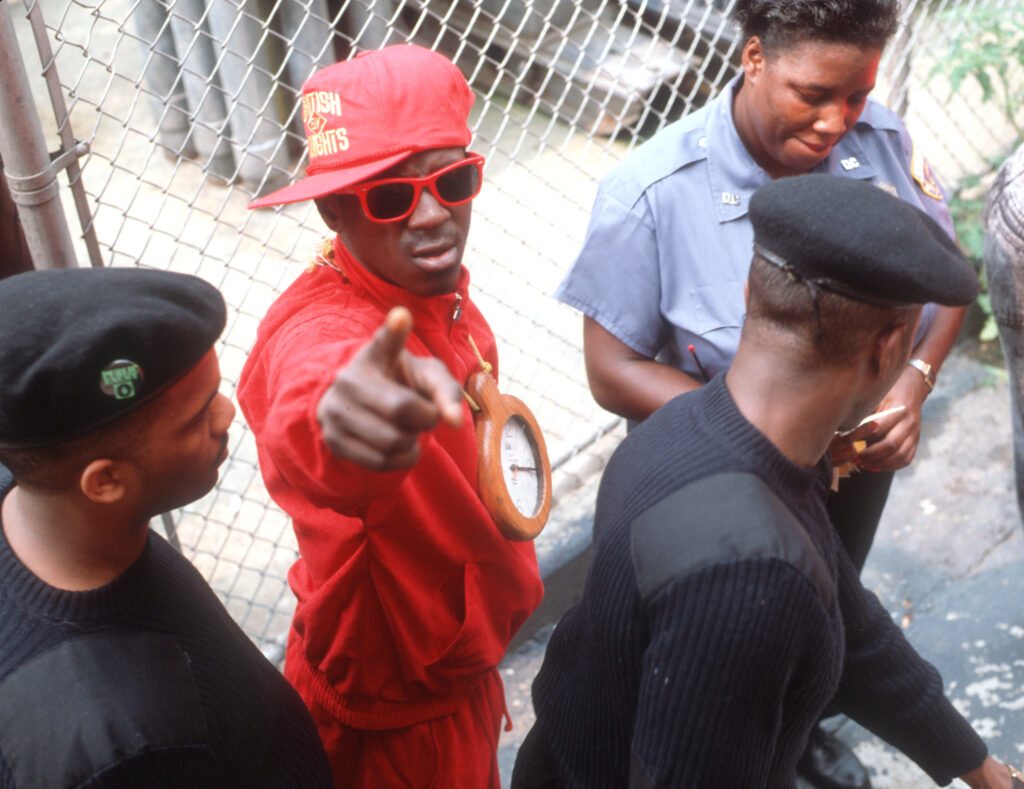You’ve heard this narrative a nauseating amount: 2023 only held a handful of number-one hip-hop albums and songs on the Billboard charts. These include Nicki Minaj’s Pink Friday 2, Drake’s For All The Dogs (for two weeks), Travis Scott’s UTOPIA (for four weeks), Lil Uzi Vert’s Pink Tape, technically Bad Bunny’s nadie sabe lo que va a pasar mañana, and Rod Wave’s Nostalgia (for two weeks). As for songs, these are Doja Cat’s “Paint The Town Red” (for three weeks), Drake and SZA’s “Slime You Out,” Drake and J. Cole’s “First Person Shooter,” and most recently, Jack Harlow’s “Lovin On Me.” In 2022, there were about twice as many number-one hip-hop albums, and the same number of number-one tracks and weeks those hits spent atop the charts. If you compare this to previous years, you’ll find even larger discrepancies. So what does this mean for the genre?
Well, many declared that “hip-hop is dead,” as the large majority of these success stories came after a significant drought during the year’s first half. While this conclusion is mostly informed by commercial performance, rap fans have plenty of other reasons to “bury” the art form. Original artistic value and expression, quality of output, systemic industry circumstances, and a seemingly deaf ear to the culture are all fair reasons for criticism. But these are ancient arguments within this space that we heard against the 2016 XXL Freshman Class, Soulja Boy, hardcore hip-hop, and more. Furthermore, we need to understand what circumstances are different these days, and how the craft of rap and sick beats has shifted. So, on the year of the genre’s 50th anniversary, let’s take a look at why people think hip-hop is dead, and why– if it is actually dead– it died a long time ago.
Commercial Success: A Downgrade Or A Chance At Revitalization?
To start with this Billboard number-one releases metric, hip-hop hadn’t gone a full mid-year with zero points on this board since 1993, according to NPR‘s Rodney Carmichael. But rather than only use this best-of-the-best approach within all music genres, we need to look at how rap as a whole is performing in the industry market when compared to other styles. Luminate‘s 2023 Midyear Music Report suggests that the genre maintained a majority market share among other sounds throughout this “drought,” although it came with a less than two percent dip in album and song consumption. In addition, an October report from NPR also identified rap’s still-maintained majority among music listeners. That race has gotten closer, though, and will only get closer until it’s eventually beaten out. After all, this culture has been dominant for seven years now, and the house of cards must eventually fall.
So hip-hop is still doing great commercially, but it doesn’t seem that way because we’ve gotten used to that conversation’s highest metrics. The floodgates opened in the 2010s for this to happen, but we’re seeing how the music industry is taking a toll on this wildly successful genre, as it does with every other. In fact, it follows a similar path to that of another Black art form distilled and robbed for largely white consumption in America. Rock and roll held tight as the top genre since the 1960s, and hip-hop’s lived a similar lifespan. Eventually, the genre became so splintered into different subgenres and levels of visibility that it couldn’t hold onto its success in a uniform manner. Alas, this is a natural progression for commercialized art. New trends come along to replace the old ones, backed by a system that is always searching for the largest profits.
The Balance Between Cash & Classics
The real issue is that, these days more than ever, trends don’t define how to commercialize: the commercialization guides the trends. As hip-hop sells more, hordes of aspiring artists try to play that same game and fail despite coming out with similar material to some of the genre’s biggest success stories. Gone are the days of seven-figure first-week debuts. If you’re a massive artist these days, you’re lucky to crack the 100K mark. These number-ones and other massive commercial metrics only apply to the biggest stars, as they’re competing with the whole rest of the industry. That’s not to patronize or infantilize rap, but it’s to show what happens when you reach a peak and then must reckon with the ground beneath you. What this creates is an artistic culture that is more further polarized into mainstream drivel and “underground” resistance than ever. Few in-betweens have ever made it.
However, we had a Big Three of this in the 2010s. Drake, Kendrick Lamar, and J. Cole were the best and biggest, and it’s really hard for artists to receive this accolade in 2023. What’s sold more than anything in hip-hop these days is the most simple, instantly catchy and re-playable, trendiest, and most widely conversation-inducing material. The rest of the genre, though, hasn’t really had the same shot at that highest limelight, at least in a mainstream sense (we’re not talking about rap die-hards here, just the general and casual public). But to say hip-hop is dead just because of these number ones is not only disingenuous, but downright dangerous. Why are we putting this pressure on artists to reach the highest levels or be met with accusations of “mid” everywhere they go? If hip-hop’s history has taught us anything, it’s that commercial success isn’t everything.
Rather, what draws us to hip-hop is its culture, its power, its resonance, and what it stands for. This is another reason why people point to the death of hip-hop: what artists stand for today. Far too often, we see hyper-violence, misogyny, gender and sexual orientation discrimination, drug abuse, traumas, clout-chasing, and so many more societal ills reflected in rap. Of course, that is a much wider conversation on the systemic plague these issues infect communities with, particularly Black U.S. citizens who birthed the culture. Given the shock and popularity of this subject matter, it ends up representing hip-hop at the largest level. Then again, this is nothing new. Since N.W.A. first burst into suburban homes, and even before then, the industry has been interested in taking the most vivid and tragic struggles of Black culture– and therefore hip-hop– and exploiting them to a white audience for mass consumption.
What is newer and newer every day, however, is the sheer variety of rap out there right now. Look on any publication’s “best hip-hop albums” list this year (and on our own coming out in a few days!) and you’ll find some incredible works of art that push the culture forward and really have something to say while checking off the “cool, musically engaging material” box. VOIR DIRE, SCARING THE H*ES, Burning Desire, Sundial, The Genius Tape, Glockoma 2, Ways Of Knowing, and The Patience are just a handful of the hundreds of albums to discover and cherish this year alone. Hip-hop is more dead the smaller your scope of discovery is; you’ll find greatness if you seek it. Rather, we need to think about why we and the systems in the music industry– and society at large– reward greatness inconsistently with little care for actual quality.
The Powers That Be: Creation Under Constrictions & Commercialization
Digital streaming platforms, algorithmic engagement, sites like TikTok’s endlessly scrollable stream of content, a hyper-informed social media age, and constant exposure to new things– plus many more– contribute to the music industry ecosystem’s current chaos. But again, we must remember that these systems existed for decades. Now, with the Internet showcasing everything all the time instantly, these issues just took a much more noticeable and unpredictable shape. The constant need to market yourself, deal with extracurricular endeavors outside of your work, and compete all the time with everything else vying for one’s attention can dilute art a great deal. Just think of all the behemoth 25 or 30+ track albums with short tracks that try to game the streaming world. The sad thing is that we can’t blame these artists for trying. Artists deserve stable income and security for their art, no matter how “good” or “bad” it is.
Furthermore, this destroys career longevity, as stars burn brightest before they die more than ever these days. Selling hip-hop to audiences outside of its cultural and social context is as harmful as the distillation of any other genre in the industry. So what can we do if the art form is unable to ever “revive” under this streaming era? We as listeners need to actively demand better pay from DSPs, more fair artist treatment in contracts and resources, and we need to acknowledge that these systems exist and that we participate in them. You shouldn’t feel guilty for posting your Spofity Wrapped, but that doesn’t exclude you from being able to speak out against these issues. If you think that’s an impossible goal, then you forget that the markets adapt to our consumption of them. What mostly kills hip-hop is the commercialized spaces it exists in today.
What Can The Culture Do?
Therefore, we need to look to hip-hop’s own culture, community, creatives, and curators to defend its purest forms and potential. But all that we mentioned up until this point contributed to the largest cultural division we’ve seen in the genre’s history so far. Previous generations always push new ones away and vice versa, which– much like everything else in this article– applies to many other art forms. But we thought hip-hop could be different. Instead, whether it’s about content matter, lyrical skill, respect to the old greats, or so much more, discussion is combative and highly polarized. Instead, we need more education and conversation between these groups that go both ways, and that’s also something we need to uphold as fans. Rap exists with so many different forms, appeals, pockets, subcultures, and intents these days. Just because one doesn’t hit you doesn’t mean it lost its chance to prove itself.
Still, this segmentation is normal and natural. What we can control is our response and our acceptance of it, which will breed more amicable and relatable discourse aimed at widening everyone’s slice of the pie. The blind hate that female artists like Sexyy Red and Ice Spice get for their success is a perfect example of this. We allowed the mainstream to only funnel a certain type of hip-hop into its pipeline rather than respecting its unique expressions. Rock and roll died, but so many of today’s biggest stars still work with these aesthetics, and so many number-one artists today involve so much hip-hop into their art. There’s also no shortage of great and innovative rock bands working today– and there never will be. Culturally, there are many things that could improve when it comes to the youth’s pain and path today. But doing so is a joint effort.
Conclusion
When we interviewed the excellent MC Homeboy Sandman this year, he spoke to us briefly about what hip-hop is missing right now. “We need to make sure that we got the window wash rap, and the killer rap, and the race car rap, and the whatever. We need to make sure we have variety, and variety will be based off talent,” he expressed. Right now, it seems that hip-hop got to its highest-ever commercial peak based on pretty similar styles and appeals. The “trap” wave that dominated the 2010s became a hot commodity in the industry, and seven years after the iconic 2016 XXL Freshman Class, the powers that be are looking for a new sound to exploit. And that’s okay. In fact, it’s an opportunity to think about the long-term, and not just about this golden era of mainstream success that we want to desperately cling to.
Today, rap artists are weaving so many more genres and styles into its fabric. Jersey club, drill, drum and bass, Afrobeat, glitch, industrial, K-pop, hyperpop, emo, noise rock, country, city pop, lo-fi, gospel, jazz, funk… the list never ends. Commercially, they will be rewarded more genuinely and intimately than ever thanks to crowd-funding sites like Patreon, live-streaming, and social media. Some of the systemic evils plaguing rap can be counter-exploited to its benefit. These new creatives have more opportunities to positively impact the culture, make their money, and crucially, be artistically free in the process. Maybe the genre is more alive than ever in this way. You can argue that rap died when the industry released “Rapper’s Delight” by the Sugarhill Gang in 1979. But hip-hop is eternal because the people that really define it and care about it will always champion its boundless legacy, and so can you.
The post Is Hip-Hop Dead? appeared first on HotNewHipHop.

